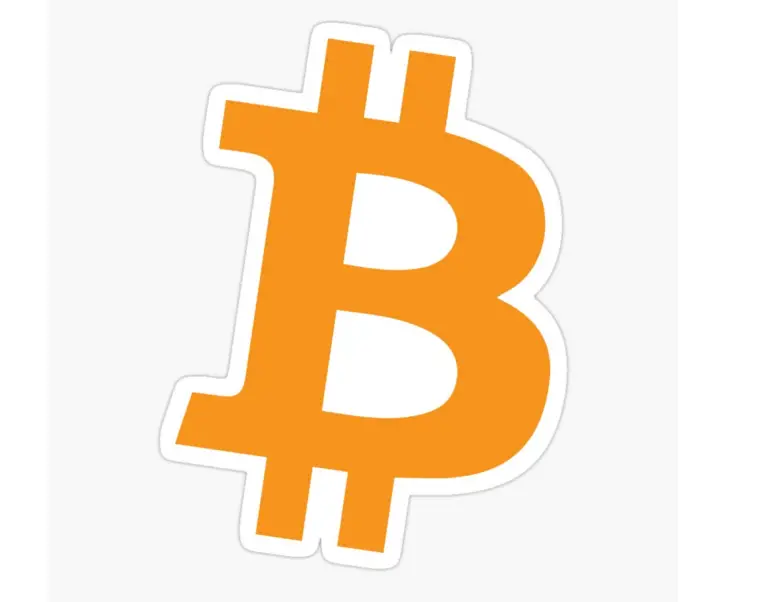Best Way to Explain What Is an Application-Specific Blockchain AppChain?
An appchain is a blockchain that has been specifically created for a specific use. It is a specific layer-1 solution that connects to a broader layer-0 solution. The layer-0 solution provides the basic infrastructure and interoperability for the appchains, whilst the appchains give the apps with specific functionality and performance.

The advantage of appchains is that developers have more freedom and control. They also inherit the security and scalability of the layer-0 to which they are attached.
Appchain architecture may be chosen by blockchain ecosystems for a variety of reasons.
Scalability
In an appchain system, applications do not have to fight for block space. This enhances application speed and throughput while reducing congestion and fees on the main network.
Customization
Developers in an appchain system have complete control over the consensus mechanism, governance structures, and economic models. This allows developers to construct their applications with more freedom and creativity.
Interoperability
Because of shared protocols and standards, applications may communicate and exchange value throughout the broader ecosystem. This results in a more connected and diverse application ecosystem.
Innovation
Developers are allowed to test alternative economic and governance models without jeopardizing the main chain. This promotes a more dynamic and collaborative development environment.
What Blockchains Make Use of AppChains?
Appchains can be implemented in a variety of methods, with Cosmos and Polkadot being two famous examples.
Cosmos functions as a “internet of blockchains,” powered by the Cosmos SDK and the Tendermint consensus mechanism. Appchains are referred to as “zones,” and they connect to the Cosmos main chain to form an interconnected web of chains.
Here are few examples of App chains based on Cosmos.
- Akash Network:A decentralized cloud computing platform that uses spare processing capacity to create cloud services that are both inexpensive and resistant to censorship.
- Osmosis:Osmosis is a decentralized exchange platform that enables users to establish and trade unique liquidity pools across many zones.
Polkadot is another example that employs a network of disparate blockchains. These parachains are linked to the Relay Chain, the Polkadot network’s primary chain. This, like Cosmos, results in shared security while preserving scalability. It also makes the exchange of value for parachains easier.
- Acala:Acala is a decentralized finance platform that provides a multi-collateralized stablecoin, a trustless staking derivative, and a decentralized exchange platform.
- Litentry:Litentry is a multi-chain identity aggregator that provides decentralized authentication of identity and reputation management.
AppChains in Comparison to Other Blockchains
Appchains are often focused on a single application within a larger network of blockchains. How does this stack up against other blockchain architectures?
Monolithic Chains vs. Appchains
Monolithic chains are all-in-one solutions that execute all functions, including applications, on the base layer. Bitcoin and Ethereum 1.0 are both monolithic chains. There are various advantages to using these types of chains:
- Simplicity:Simplicity: Because monolithic chains do not rely on external parties or protocols to function, network complexity is reduced.
- Security:Security: Because they have a smaller attack surface, monolithic chains are often more secure.
- Decentralization and Immutability:Decentralization and immutability: To ensure a high degree of decentralization, all nodes follow the same rules and validate the same transactions.
Modular Chains vs. AppChains
Modular chains segregate their key tasks, such as consensus, execution, data availability, and settlement, into different layers or components. Ethereum 2.0 and Solana are two examples of modular chains. These chains provide various advantages:
Scalability: By utilizing parallelization and specialization techniques, modular chains can perform more transactions and store more data.
Modular chains can maximize their resources and bandwidth by outsourcing some tasks to other levels or chains.
However, modular chains have some disadvantages:
Complexity: Because modular chains rely on third-party parties or protocols to function, network complexity rises.
Security risks arise as a result of the expanded attack surface and dependency on third parties.
Decentralization Trade-offs: Different layers or chains may have different levels of trust and validation, influencing overall decentralization.
AppChains vs Sidechains
Sidechains are blockchains that are interoperable with one another. They handle all fundamental functions on their own chain but do not benefit from the other blockchain’s security or scalability. Polygon is an example of a sidechain. Sidechains have various advantages:
Sidechains can handle more transactions and store more data because they have their own resources and bandwidth.
Flexibility: Sidechains can tailor their characteristics and features to their specific needs and preferences.
However, sidechains face some difficulties:
Security: Not relying on the other blockchain’s security or scalability exposes sidechains to greater threats and weaknesses.
Interoperability: Because sidechains require bridges or adapters to enable cross-chain transactions, they may have difficulty interacting and transferring value with the other blockchain.
Appchains and sidechains share several similarities and differences:
Both appchains and sidechains have their own native tokens and governance mechanisms, and they handle all key functions on their respective chains.
Sidechains do not benefit from the security and scalability of a broader network, whereas appchains do.
Sidechains are compatible with a specific blockchain, whereas appchains connect to a global layer-0 solution.